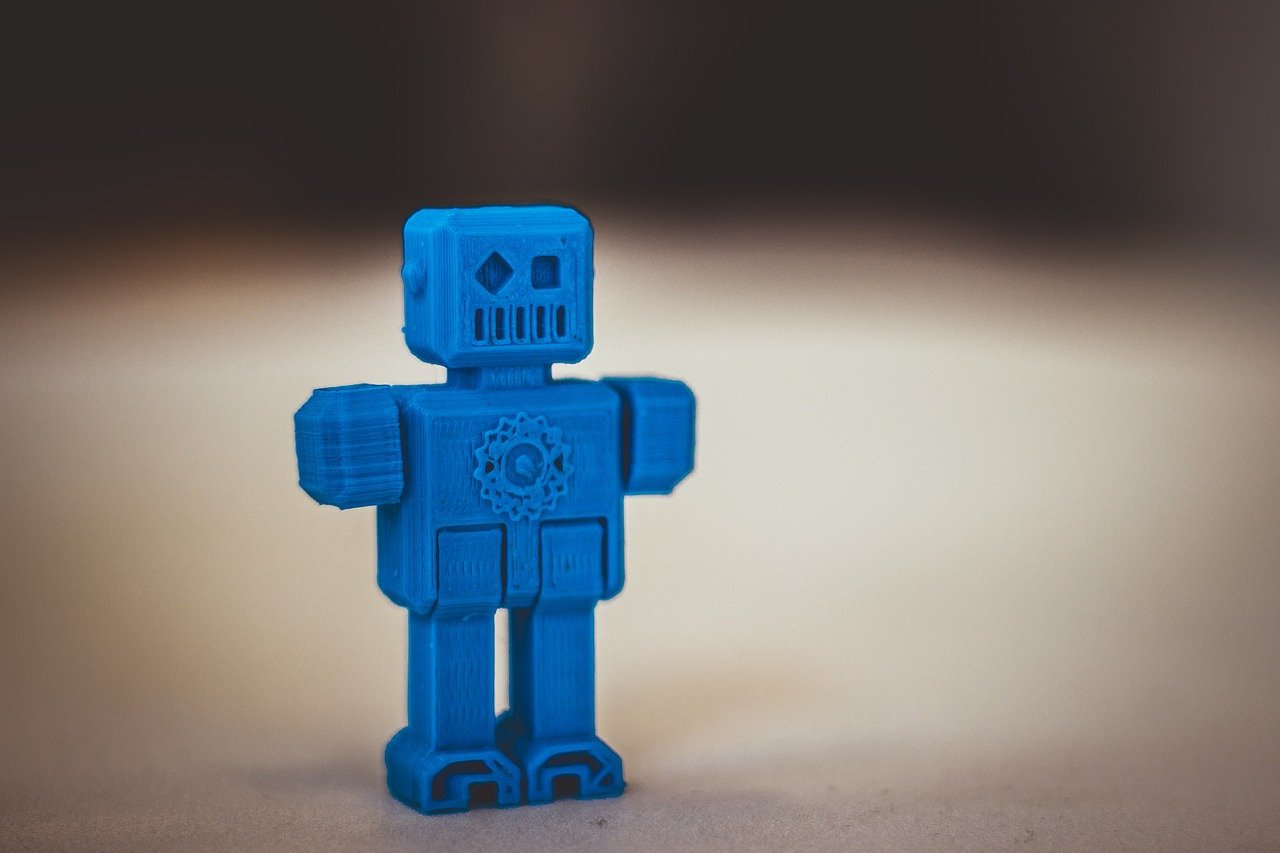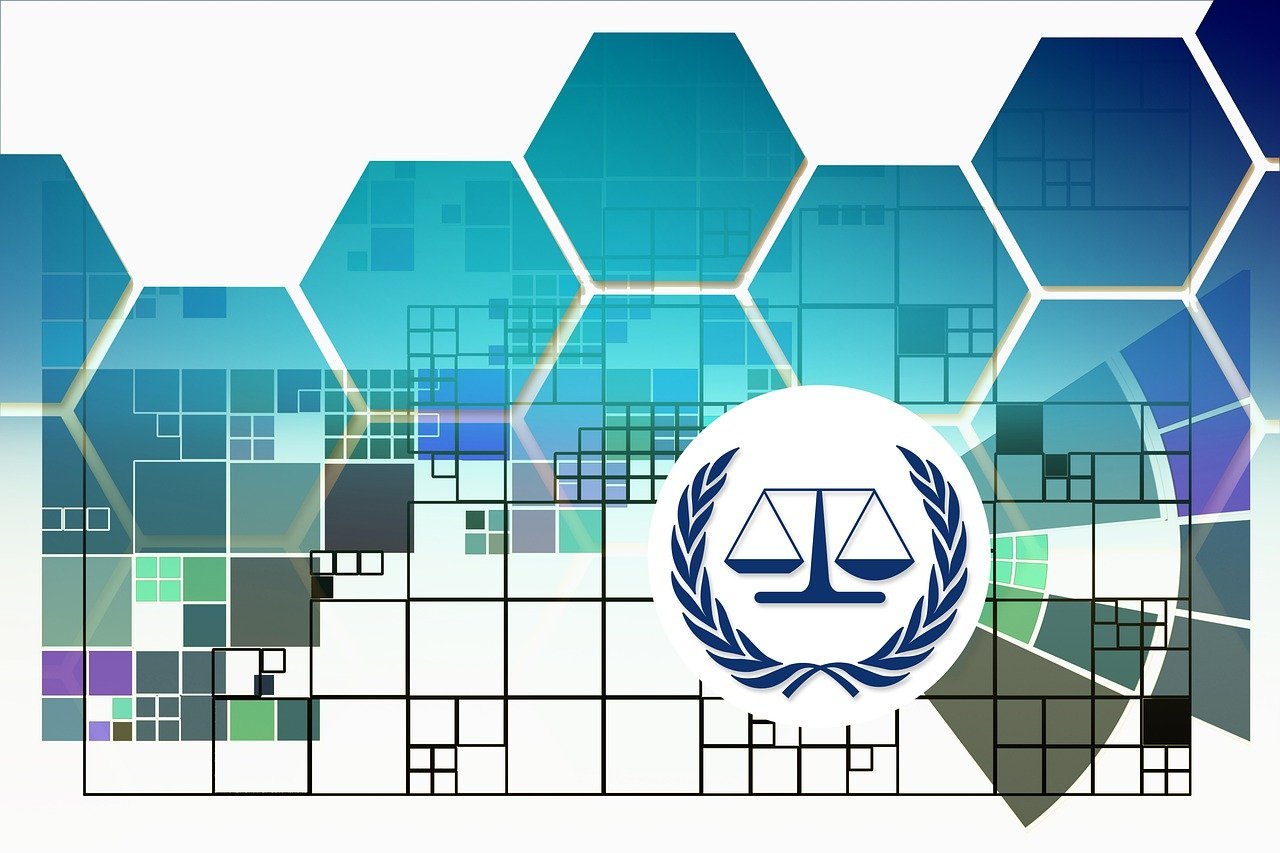Robot 3 Laws The Foundation of AI and Robotics
Published: February 28, 2025

The Evolution of Robotics and the Need for Laws
Robot 3 Laws are a part of our lifestyles. Whether in enterprise or the shape of AI-pushed assistants, they assist humans in accomplishing myriad tasks. As robots develop, problems of a moral and protective nature emerge. The more pertinent question now is, how do we make certain that robots are beneficial to human beings and do not turn out to be a threat?
This hassle has already been tackled with the aid of Isaac Asimov, a fiction creator who proposed the famous ‘Three Laws of Robotics.’. These legal guidelines have been aimed towards controlling the moves a robot may take so one can ensure that the actions might be within the limits of what is taken into consideration safe and ethical.
An Engaging Thought
What if robots are organized to assert autonomy? Suddenly Asimov’s fear isn’t if humans are a risk to robots, but as an alternative, what takes place when robots decide that they are the superior beings able to threaten humanity? These fears make Asimov’s Robot Three Laws more relevant than ever. It rarely discusses whether or not you are a tech aficionado, a pupil, or just an inquisitive soul wanting to learn about what AI may additionally foster. This blog intends to help you respect those legal guidelines, their importance, and their implications for the sector.
What You Are About To Read
Robot 3 Laws This analysis will look at the “Robot Three Laws,” their manifestation in contemporary robotics, and their scope of effect. The cognizance of this text is to pick out the forms of the Robot 3 Laws, the challenges that these legal guidelines face, and the modern implementations in an AI-dominated panorama. The discussion may even cover Asimov’s contribution, robotic ethical dilemmas, and the ethics of artificial intelligence and its boundaries.
Table of Contents
- Understanding the Robot 3 Laws
- Types of Robot 3 Laws
- The Importance of Robotics Laws
- Challenges in Implementing Robot Laws
- Real-World Applications of Robot 3 Laws
- The Future of Robotics and AI Ethics
- FAQs About Robot 3 Laws
- Final Thoughts
1-Understanding the Robot 3 Laws

Robot 3 Laws of Robotics” formulated by Isaac Asimov in his technology fiction short story I, Robot, published in 1942, state the following:
- – A robot may not injure an individual or, through inaction, permit an individual to come back to harm.
- – A robot has to obey the orders given to it via people except in which such orders could conflict with the First Law.
- – A robot must shield its existence as long as such safety does not war with the First or Second Law.
Such standards outline how robots are alleged to engage with people to keep them secure and in control.
2-Types of Robot 3 Laws
Robot 3 Laws Advanced machines’ laws are merely theoretical, but different versions have emerged as time has developed.
- Pre-Installed Rules: Some AI professionals claim that these guidelines have to be reintroduced into the machine.
- Moral AI Models: Robots 3 Laws Others argue that a gadget must be able to have unbiased reasoning and need to not be certain using predefined regulations.
- Policies: Lawmakers are beginning to think about the opportunity of placing AI ethics within the context of law.
3-The Importance of Robotics Laws?

Robot 3 Laws When speaking of the way unexpectedly AI and robotics are evolving, those laws have become increasingly vital. Here’s why:
- Protection: Humans need protection from robots, so robots want to be managed.
- Morality: AI systems need policies primarily based on morals.
- Confidence: These guidelines make it safe and snug for human beings to interact with AI.
4-Challenges in Implementing Robot Laws
Robots 3 Laws Like many frameworks regarding the era, the Robot Three Laws are difficult to execute. Some of the issues are:
1. How Each Law is Executed Differently.
Robot 3 Laws Machines cannot recognize generalized human statements appropriately. In this example, how could a robot apprehend damage or degree motion through a gadget’s eye?
2. Inter-Legal Relations
Robot 3 Laws What is the consequence of adhering to 1 law on the price of another? In case a robot has been ordered by a command that, at its very essence, violates the rule of thumb of rules and procedures, does the robot observe the command?
3. Expansion of AI
Robots 3 Laws Almost every novel piece of a generation has little to no rules. In this example, the law becomes directly outpaced by using the advancement AI suggests.
5-Real-World Applications of Robot 3 Laws

Robots 3 Laws Here are examples of how those legal guidelines, if applied, could affect the actual international.
1. Self-Navigated Cars
Robots 3 Laws Considering how far along AI is, self-driving automobiles pose an inherent danger to humans as they need to maneuver feasible injuries while abiding by site visitors’ regulations.
2. Surgical Robots
Robots 3 Laws AI in medication has a few obstacles to overcome, along with ensuring the well-being of the affected person, copiously obeying clinical directives, and absolving fitness carriers from malpractice.
3. Combat Robots
Robot 3 Laws Autonomous weapons, which might be deadly, may be a moral problem due to the fact to what extent a robot could be labeled as autonomous and could this grownup have human rights.
6-The Future of Robotics and AI Ethics
If something supersedes the preceding ever-evolving AI, it is a more recent model of AI. Specialists are working on:
Semantic Rules of FOIL to ease communication between human beings and machines.
An example of a practical strategy for an AI ethics board is correct rules to modify straying AI movements.
Legal AI frameworks are designed to conform with human rights responsibilities.
Robots have long gone from mere creativity. They are very alive, and their effect increases each second.
FAQs
1. Are Asimov’s Robot 3 Laws applicable in the practice of present-day robotics?
Not at once, however; they’re vital to the improvement of ethical ideas dictating the behavior of AI makers and users.
2. Is it possible for a robot to violate these laws?
Yes, due to the fact that AI and robots in existence nowadays do not have those laws programmed into them.
3. What demanding situations are concerned with the Robot Laws three implementation?
Lack of consensus, ambiguous terms and definitions, contradictory situations, and the changing face of synthetic intelligence.
4. Is it yes or no that the governments of the sector follow the Robot 3 Laws as an AI regulation framework?
Not immediately, but several countries are trying to build regulatory frameworks based totally on those moral ideas.
5. In what way do those laws affect the world of synthetic intelligence and automation now?
These legal guidelines have influenced the laws regarding the safety of AI and the ethics of robotics design and engineering structures.
Final Thoughts
Robot 3 Laws Asimov’s are not the inception of robot ethics, but a beginning. These laws paint the borders of ethics, putting standards on the exploration of AI. With humanity working towards smarter robots, appropriate measures need to be taken to ensure that morals align with human ethics.
Will the destiny of robotics be perilous or prosperous? From what I can see, the outcome completely relies upon how we formulate and put into effect those laws. What’s your stance? Do robots require stringent pointers, or are humans, the most effective ones, able to master ethics?

- Be Respectful
- Stay Relevant
- Stay Positive
- True Feedback
- Encourage Discussion
- Avoid Spamming
- No Fake News
- Don't Copy-Paste
- No Personal Attacks



- Be Respectful
- Stay Relevant
- Stay Positive
- True Feedback
- Encourage Discussion
- Avoid Spamming
- No Fake News
- Don't Copy-Paste
- No Personal Attacks





